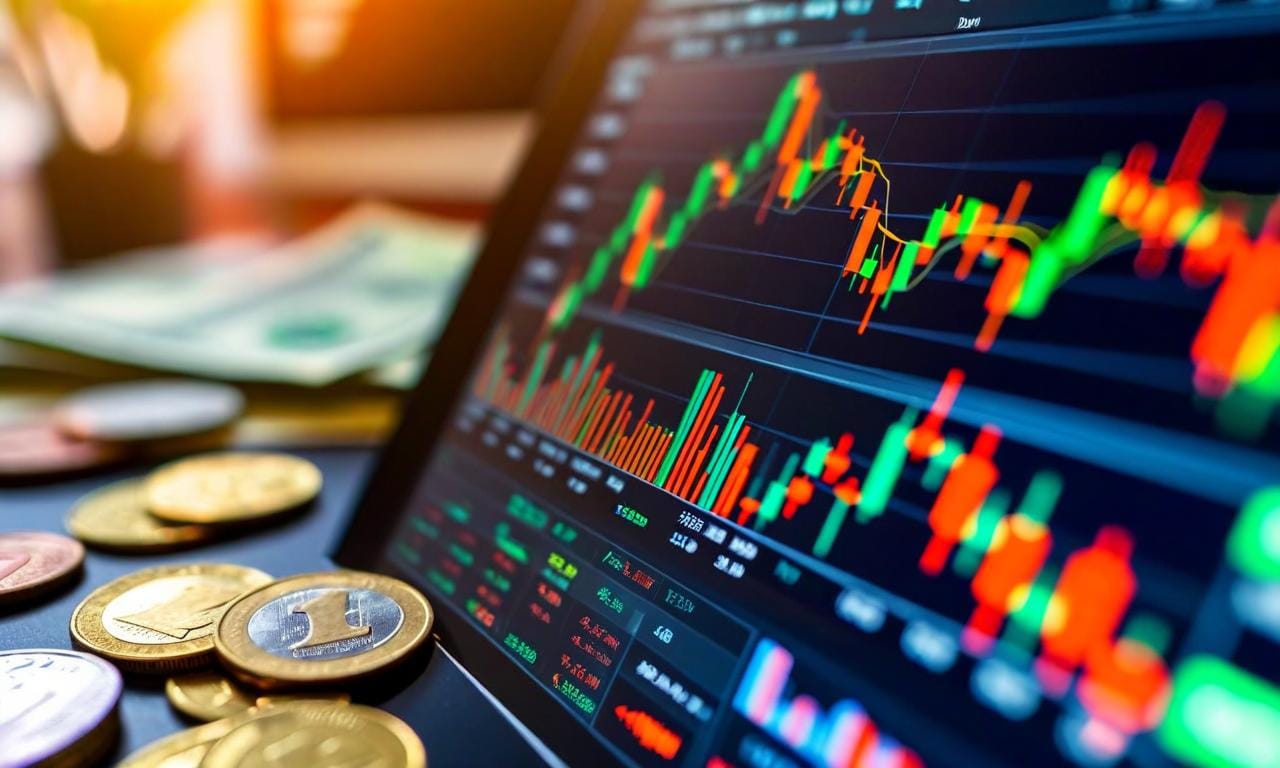GloNews10

Global financial markets entered September with a wave of optimism as Asia markets rise on rate cut hopes. Stock exchanges across Tokyo, Hong Kong, Shanghai, and Seoul opened higher, fueled by growing expectations that central banks will cut interest rates to stimulate growth.
Investors are betting that slowing inflation, weaker global demand, and softer U.S. job numbers could push major economies toward policy easing. As a result, Asian stocks surged, reflecting both local and international confidence.
Top 10 Upcoming Technologies That Will Change the World in 2025
The phrase Asia markets rise on rate cut hopes is dominating headlines, and for good reason. Rate cuts lower borrowing costs, which can boost consumer spending and corporate investment. This creates a positive ripple across industries, especially in export-driven Asian economies.
Key reasons behind this surge include:
Bloomberg notes that markets have priced in a potential Fed cut by year-end, boosting Asia-Pacific assets.
Tokyo’s Nikkei 225 gained over 1.5%, led by technology and manufacturing stocks. Investors are optimistic that the Bank of Japan may adjust its policy to counter sluggish growth.
Shanghai Composite Index saw modest gains. While property sector concerns remain, stimulus packages and liquidity injections by the People’s Bank of China are restoring confidence.
The Hang Seng Index jumped nearly 2% as tech giants rallied. Alibaba and Tencent gained momentum on expectations of easier monetary policy.
Kospi climbed on the back of semiconductor demand recovery and speculation that the Bank of Korea may consider easing rates by early next year.

The rally in Asian markets isn’t happening in isolation. Global investors are closely watching developments:
Reuters reported that Treasury yields dipped, further supporting equity inflows into Asia.
When Asia markets rise on rate cut hopes, certain sectors benefit more than others:
While the rally looks strong, risks remain:
Investors must balance the optimism of rate cuts with the uncertainty of external shocks.
The fact that Asia markets rise on rate cut hopes shows just how powerful monetary policy signals can be for investor confidence. While the rally reflects optimism, the sustainability of this growth will depend on actual central bank decisions in the coming months.
For now, the upward momentum across Tokyo, Hong Kong, Shanghai, and Seoul sends a clear signal: investors are ready to embrace risk if rate cuts become reality.